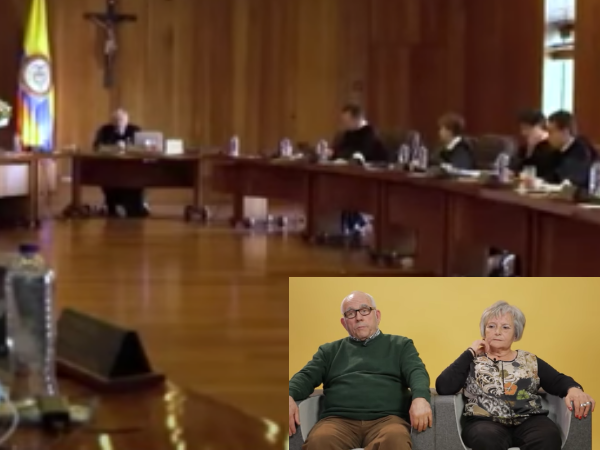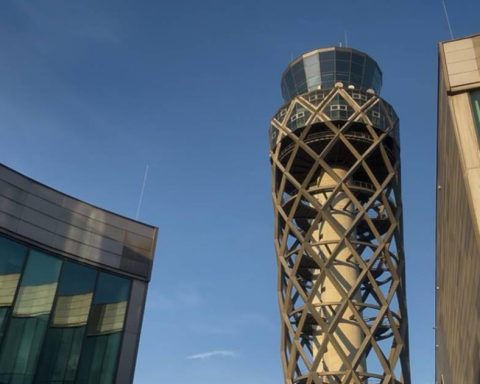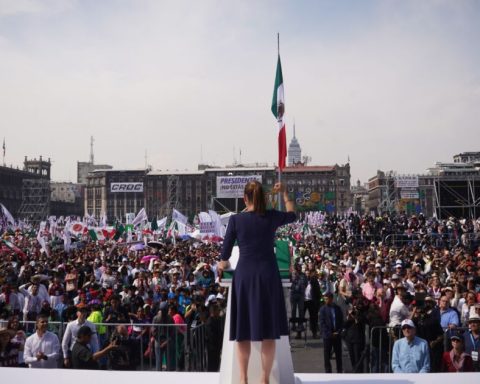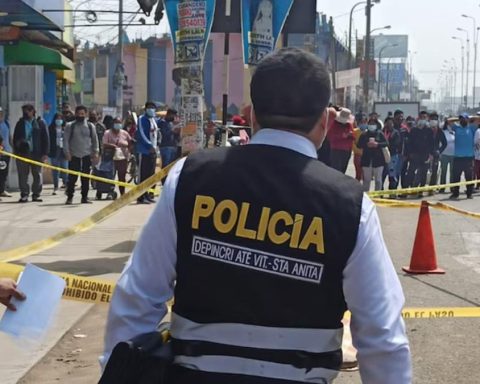This time, if there were to be a reform of the Colombian pension system proposed by Petro, Pilares would be the model of the new regime. And this is what is currently and what would change.
Colombia News.
President Gustavo Petro’s statements this week on new gasoline tariffs and his universal pension coverage plan for older adults in the country have dominated the political and citizen debate, due to the impact on the Colombian economy.
That debate, plagued by controversy, for many “is necessary because people must understand how pensions work, for example, and the gasoline subsidy.”
To learn about this proposal, two things must be understood: How does the system work? And how are pensions financed?
two regimens
Today there are two types of regime, without contributors neither is viable, so they depend on the payment made by workers and pensioners.
The common fund is the bag or the account where the members of Colpensions (RPM) contribute monthly, and the RAIS regime (Colfunds), is as an Individual Savings Account.
The amount of the pension will depend on how much each person saves, and how the financial market works.
The current panorama is that the majority of pensioners are in Colpesiones and the majority of active employees are in the private pension fund.
But today Colpensiones does not have enough contributors to pay the pension of linked older adults, that is, there is a deficit. When that happens, it is the State that enters to cover it with money from the budget.
What is concluded is: That the pillar model seeks to “transform the system into a single regime for everyone”, that is, it would be conjunctive.
Gustavo Petro proposes a contribution to Colpensiones of up to 4 minimum wages. If someone earns between (from 1 to 4 minimum wages, his contribution would go to Colpensiones)
If the contributors earn more than 4.4 salaries, they would go to Colfunds and the rest to an AFP (management company for pension and unemployment funds).
From private to Colpensiones
President Gustavo Petro proposed that “part of the contributions in Private Funds should go to Colpensiones”, to increase the bonus received by non-pensioners in Colombia.
“Through a bonus, which instead of being $80,000 becomes $500,000, that makes non-pensioned older adults overcome the poverty line,” Petro mentioned.
The proposal argues that these resources in Colpensiones, that is, would be used to deliver resources to around 3 million older adults, who today do not have pension income.
Nowadays
There are already some programs within Colpensiones for this population, but there are still millions of older adults who do not have any income.
And how much would the item for the proposal be? It would be 1.5 billion pesos a month that would be committed.
The beneficiaries would be given that bonus of half a million pesos.
“The allowances of older adults today without a pension, are paid from the national budget,” said the president.
That’s not true. The allowances of older adults today without pension are paid from the national budget, which will acquire a capacity of up to 18 billion annually for this objective because private fund contributors will enter Colpensiones up to a percentage of their contribution. https://t.co/DQtNCEHbwH
– Gustavo Petro (@petrogustavo) September 14, 2022
